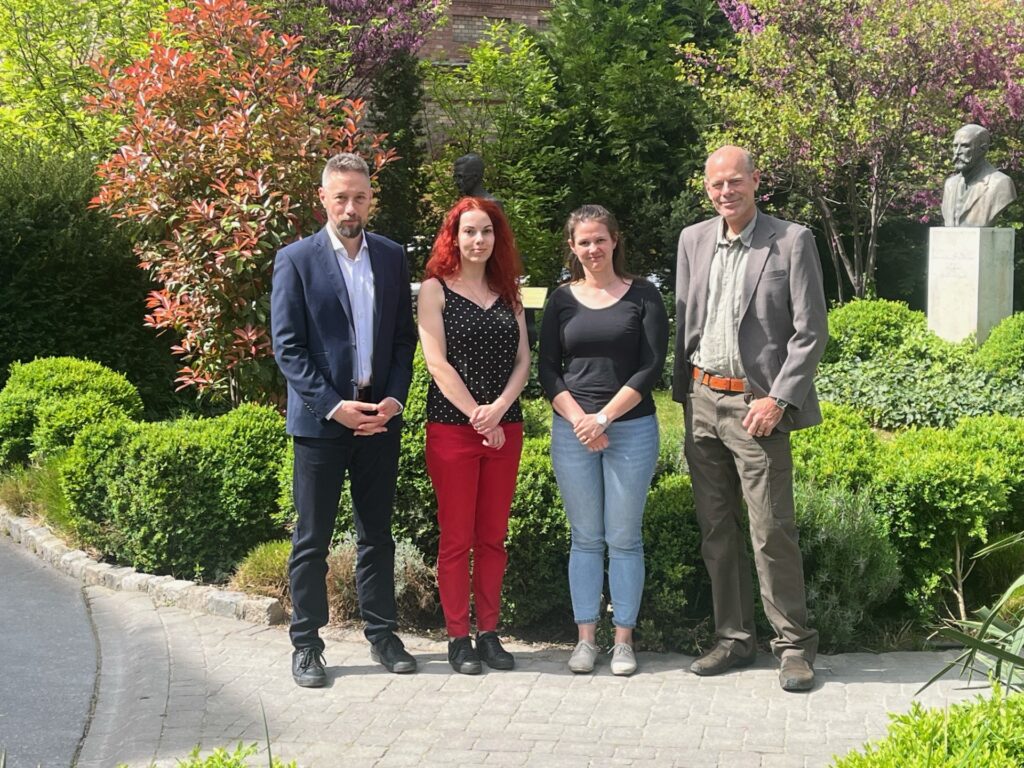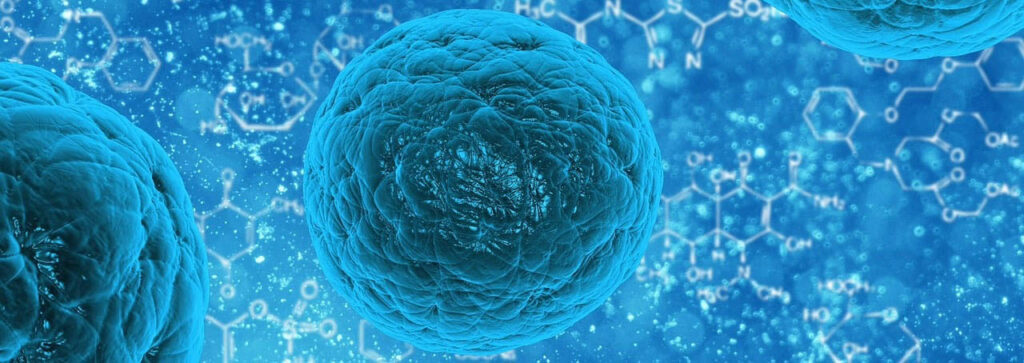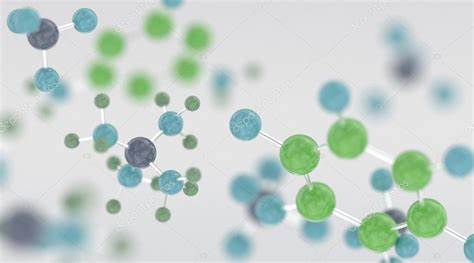Research leader name
Prof. Dr. Nagy Péter

The survival and health of all cells requires that they maintain a careful internal balance between reductants and oxidants (redox), a process entitled “redox homeostasis”. Excess oxidants (“oxidative stress”) can disrupt cell functions and damage cellular components, including the genes (DNA), proteins, and lipids. Similarly, overaccumulation of reductants, (“reductive stress) disrupts cell functions. One critical target of either oxidative- or reductive-stress is the sulfur atom (S) in the amino acid cysteine (Cys) of proteins or cellular metabolites.
Downloads
Cys residues in most intracellular molecules are found in the reduced “thiol” (-SH) state. Generally, oxidative stress will induce formation of disulfides that disrupt critical activities of Cys-thiol-containing molecules; reductive stress will break disulfide bonds that maintain protein- or multiprotein-structures. DNA replication, respiration, metabolism, and inflammatory responses generate intracellular oxidants that oxidize cytosolic thiols into disulfides. To reverse this and maintain homeostasis, cells must generate disulfide reducing power. To our current knowledge, only two enzymes can drive disulfide reduction pathways: thioredoxin-disulfide reductase-1 (TrxR1) and glutathione-disulfide reductase (Gsr). However, our team more recently showed that mice with liver-specific co-ablation of both TrxR1 and Gsr (“TR/GR-null”) survive. The primary focus in our research has been on metabolic studies using isotope-labeled amino acids in these mouse models.
We found that their sustained liver function requires profound shifts in liver metabolism, yet the details of these metabolic shifts, and the mechanisms underlying how this is regulated, remain incompletely resolved. To gain deeper insights into these pathways, we develop novel methods and protocols as well as animal models.

These models are helping us understand how redox balance is maintained under stress conditions in all cells, including in human diseases. Ongoing experiments are now using this biochemical system to probe the details of the rates, activities, sensitivities and shifts of key metabolic processes. These insights, in turn, could lead to new approaches to modulate these pathways, which might be valuable, for example, to protect liver cells in some patients from damage caused by toxins, inflammation, or transplantation. In other patients, blocking these pathways could be beneficial, for example to make cancer cells more susceptible to a therapeutic treatment.



